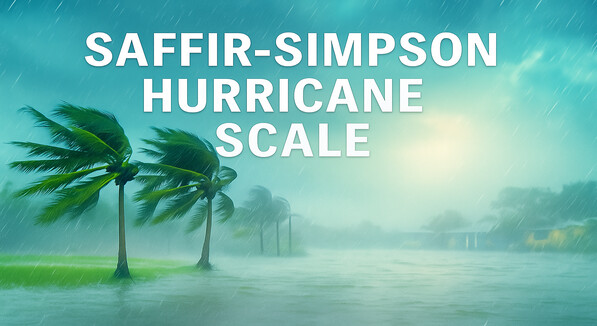The American Cancer Society (cancer.org) describes exposure ultraviolet (UV) radiation as a major risk factor for most skin cancers. Sunlight is the main source of UV rays. Tanning lamps and beds are also sources of UV rays. People who get a lot of UV exposure from these sources are at greater risk for skin cancer.
Even though UV rays make up only a very small portion of the sun’s rays, they are the main cause of the sun’s damaging effects on the skin. UV rays damage the DNA of skin cells. Skin cancers start when this damage affects the DNA of genes that control skin cell growth.
There are 3 main types of UV rays:
- UVA rays age skin cells and can damage their DNA. These rays are linked to long-term skin damage such as wrinkles, but they are also thought to play a role in some skin cancers. Most tanning beds give off large amounts of UVA, which has been found to increase skin cancer risk.
- UVB rays can directly damage skin cells’ DNA, and are the main rays that cause sunburns. They are also thought to cause most skin cancers.
- UVC rays don’t get through our atmosphere and are not in sunlight. They are not normally a cause of skin cancer.
Both UVA and UVB rays damage skin and cause skin cancer. UVB rays are a more potent cause of at least some skin cancers, but based on what’s known today, there are no safe UV rays.
The amount of UV exposure a person gets depends on the strength of the rays, the length of time the skin is exposed, and whether the skin is protected with clothing or sunscreen.
Skin cancers are one result of getting too much sun, but there are other effects as well. Sunburn and tanning are the short-term results of too much exposure to UV rays, and are signs of skin damage. Long-term exposure can cause early skin aging, wrinkles, loss of skin elasticity, dark patches (lentigos [len-tie-gos], sometimes called age spots or liver spots), and pre-cancerous skin changes (such as dry, scaly, rough patches called actinic keratosis [ak-tin-ick kair-uh-TOE-sis]).
The sun’s UV rays increase a person’s risk of cataracts and certain other eye problems, too. They can also suppress the skin’s immune system. Darker-skinned people are generally less likely to get skin cancer than light-skinned people, but they can still get cataracts and immune suppression.
Related Information on Ultraviolet (UV) Radiation:



